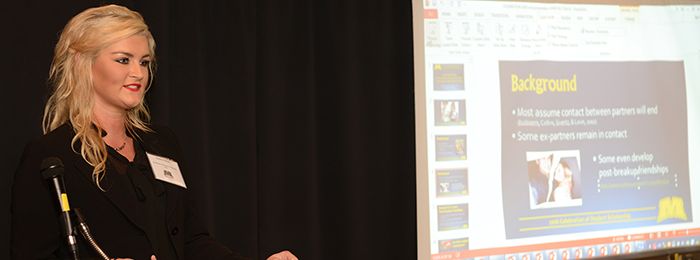Document Type
Video
Publication Date
Spring 2021
Abstract
Chromosomes are molecules of DNA that hold large quantities of genetic material in an organism. Generally in nature, eukaryotic chromosomes are linear while prokaryotic chromosomes are circular. Since they are linear, eukaryotic chromosomes possess telomeres, or repetitive nucleotide sequences, on their ends. This significant difference in structure requires different additions to the basic replication process. In prokaryotes, replication starts at a single point on the chromosome and continues until the whole chromosome has been copied. In eukaryotes, replication happens in fragments with multiple starting points. Because of this more complicated replication, the free 3’ ends cannot be fully copied. Unchecked, this would lead to a progressive loss of important genetic information. To counteract this issue, most eukaryotic organisms express an enzyme telomerase to attach nucleotides onto the template telomere, which prevents wearing down of telomeres each time the cell gets copied. Despite the action of telomerase enzymes, we can still lose telomere sequences as we age. If linear chromosomes create issues not found with circular chromosomes, this begs the question of why did eukaryotic chromosomes evolve to be linear? To address this broad question, we are genetically engineering a eukaryote with circularized chromosomes. We chose the yeast Saccharomyces cerevisiae, which is a single-celled organism with 16 chromosomes that can exist as a haploid containing a single copy of each chromosome. To create yeast with a circularized chromosome, we insert DNA cassettes that contain selectable marker genes into the right and left arms of a chromosome. These cassettes are designed so that they can recombine and result in circularization. To date, I have successfully built both left and right arm cassettes for Chromosome VIII using PCR. I am currently testing several candidates for proper integration of the DNA cassette into the left arm. If successful, I will work to integrate the second right arm cassette into these yeast. Ultimately, successfully circularizing a eukaryotic chromosome will allow us to explore big questions in eukaryotic chromosome evolution.
Recommended Citation
Iloegbunam, Chisom, "“The Never Ending Story:” Circularizing Ch. Viii In Saccharomyces Cerevisiae" (2021). 2021 Celebration of Student Scholarship - Oral Presentations. 44.
https://scholarworks.moreheadstate.edu/celebration_videos_2021/44
Included in
Arts and Humanities Commons, Biology Commons, Business Commons, Engineering Commons, Higher Education Commons, Nursing Commons, Social and Behavioral Sciences Commons

